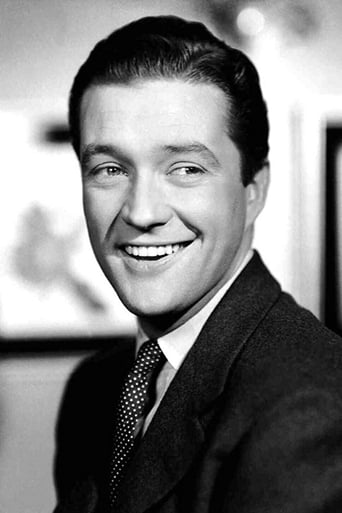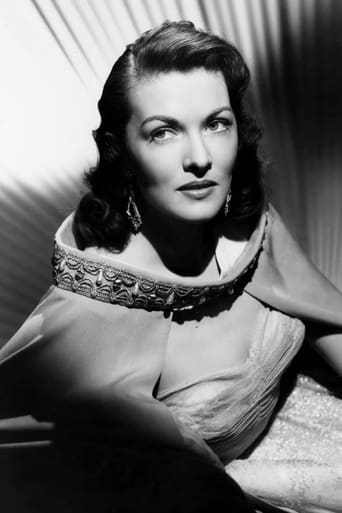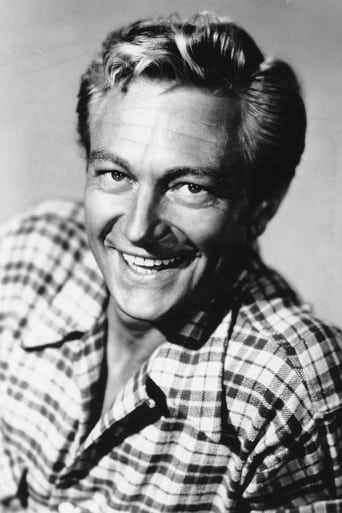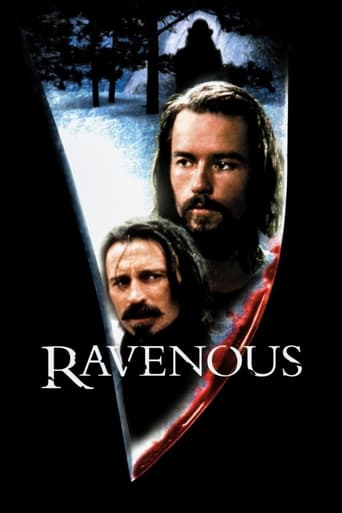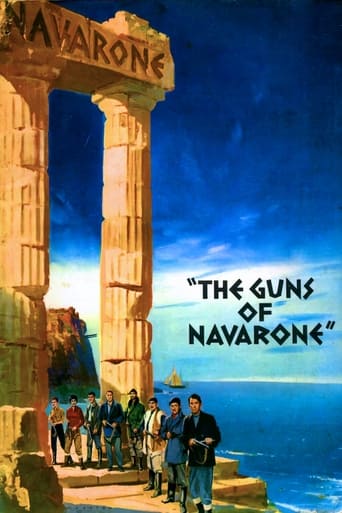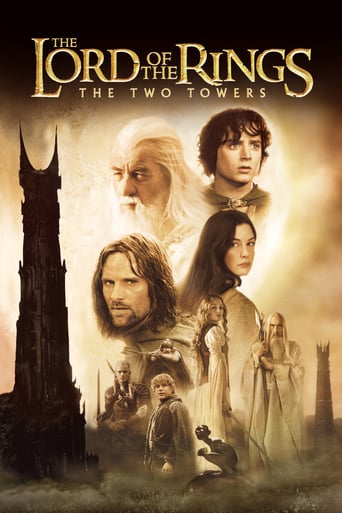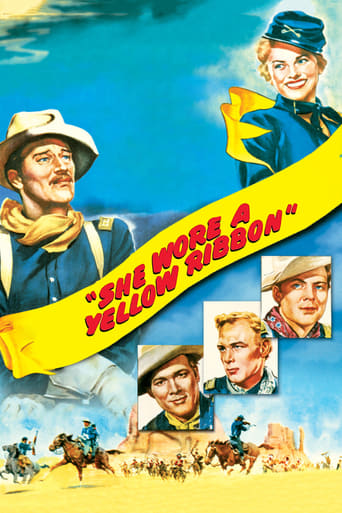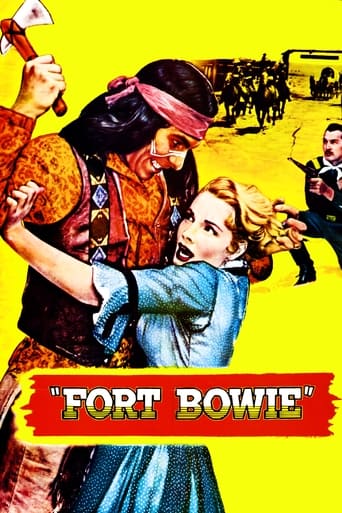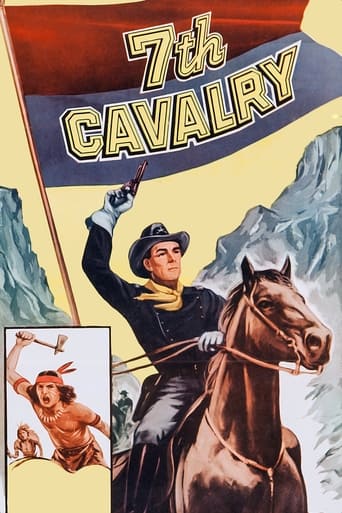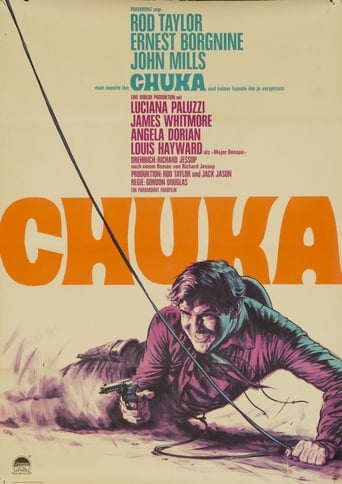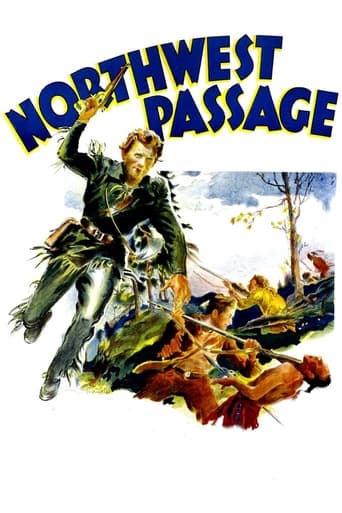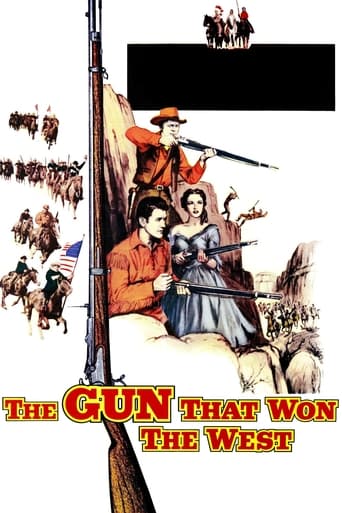
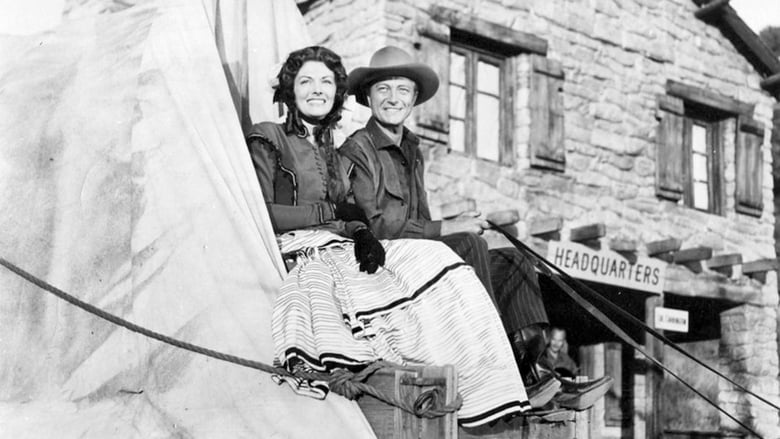
The Gun That Won the West (1955)
In the late 1880s, Colonel Carrington and his command are assigned the job of constructing a chain of forts in the Sious Indian territory of Wyoming. Carrington recruits former cavalry scouts Jim Bridger and "Dakota Jack" Gaines to lead the project. Bridger and Gaines are friendly with Sioux chief Red Cloud, and they feel a peace treaty with the Indians can be made. If an Indian-war breaks out, the cavalry is depending on getting a new type of Springfield rifle. Bridger, Gaines and Gaines wife, Maxine, arrive at the fort for the conference. Gaines, in a drunken fit, tries to intimidate the Indians unto signing a treaty. Chied Red Fox threatens war if his territory is invaded by any troops building forts.
Watch Trailer
Cast


Similar titles
Reviews
The Gun That Won the West (1955) ** (out of 4)Director William Castle and producer Sam Katzman teamed up for this cheap Western that takes place after the Civil War as the government wants to build some forts but it is in Sioux territory so they recruit Jim Bridger (Dennis Morgan) to lead the project. It doesn't take long for the project to run into trouble with the Indians.THE GUN THAT WON THE WEST has an epic title but of course that's certainly not what was delivered. If you know anything about Castle or Katzman then you know they were masters at working on low-budgets and delivering cheap entertainment. That's not to say that their cheap movies weren't entertaining at times but there's no doubt that movies like this were meant to be rushed into theaters to make a quick buck.In all honesty, if you're a fan of these type of "B" Westerns then you should get some mild entertainment out of this. I think the most impressive thing for me was how many extras were on hand here. This was especially true for the Indian characters as their group was quite large during certain scenes and I was surprised because of the budget. The story itself is pretty typical and there's certainly nothing original going on.For the most part Morgan was mildly entertaining as was Richard Denning and Paula Raymond. There's certainly nothing great about the performances or the characters but, then again, we're watching a "B" movie. Castle keeps the film moving along well enough so fans of his will enjoy this.
"The Gun that Won the West", the Springfield Rifle, was an advanced breech loading single shot gun that was introduced in order to help the U.S. Army have the upper hand in battles with the Indians. It was yet another Sam Katzman/ William Castle production using an historic figure, in this case Jim Bridger (Dennis Morgan).Jack Gaines (Richard Denning) is running a Wild West Show but has been drinking heavily. His wife Maxine (Max) Gaines (Paula Raymond) pleads with him to stop. His friend Jim Bridger is equally concerned. At one performance, General Carreth (Howard Negley) and Colonel Still (Kenneth MacDonald) recruit Bridger and Haines to lead an expedition to build forts along the rivers of Wyoming. The Wild West show is sold by Max without Gaines' consent.Bridger believes a peace treaty with Sioux Chief Red Cloud (Robert Bice) is possible. However, Red Cloud is against the Whit man building forts on his lands. At a peace conference, in a drunken stupor, Gaines discloses the coming of a new advanced rifle that will out perform any thing to date. Max finally fed up, leaves Gaines and joins Genersl Carrington's (Roy Gordon) expedition to search for fort locations.Red Cloud realizes that his tribe cannot out battle the army with the new Springfield Rifles and decides to attack Carrington's group before they can be re-armed with the new rifle. Gaines meanwhile has come to his senses and takes one of the new guns to Red Cloud to demonstrate its power. When Red Cloud leaves to attack Carrington, Gaines is wounded.General Pope's troops carrying the new weapons decides that they can "head Red Cloud off at the pass" and attack them before they can reach Carrington's group and......................................................It is odd that Pope's troops do not use the new rifles in the film's climatic attack. They use sabers and hand to hand combat instead. The film uses a multitude of stock shots from other productions, particularly the large attack scenes. And oh yes, the Buffalo Hunt.The best performance is turned in by Denning as the drunken Gaines. Morgan doesn't make a very creditable Jim Bridger, the legendary trapper. He had been a popular musical comedy star in the 1940s.The stock footage provides the best of the action scenes.
Any resemblance in this film between historical accuracy and what you see in the picture isn't coincidental, it's downright unintentional. The fact that Sam Katzman produced it should have been a warning that this film would be made as cheaply as possible, with lots of stock footage borrowed from "Buffalo Bill" ("Pony Soldier" borrowed the same battle scenes) and Indian "war" dances. The fact is that Red Cloud (who lived into the 20th century) made numerous visits to the White House to plead the cause of his people. The Bozeman Trail, supposedly the reason for the U.S. Army to escort railroad builders, simply isn't true; no railroad was built into the area at that time. Red Cloud succeeded in getting the Bozeman trail forts abandoned, a detail not mentioned in the film. Lots of anachronisms, including a Wild West show taking place in the 1860s, Jim Bridger actually in his dotage by then, and demeaning references to Native people ("Redskins") unacceptable today. The fight between Bridger and the Indian in the river comes straight out of "Buffalo Bill" in which Joel McRae as Buffalo Bill fights Yellow Hand played by Anthony Quinn to the death. I wasted 1:15 watching this film; should have taken the time to read a book.
This movie, although shot in widescreen and color, is as cheap as a Bowery Boys adventure, features no appealing actors, typically racist characterizations of Native Americans, poorly staged fight scenes, and just about everything else that is poor and forgettable in the American Western. Surprise, surprise -- it was directed by the notorious William Castle, whose main talent was not direction but rather in-house cinema tricks like electrocuted seats and flying skeletons. For an example of how poorly the film is directed, take a look at the two big fight scenes with the film's lackluster leading man, Dennis Morgan -- in the first, he's ambushed by a single "indian" as he's out in the woods for no good reason with his best friend's wife (Paula Raymond who, incidentally, he earlier offered to "make love to"). The "indian" takes one poor shot at Morgan and Company, then we see Morgan apparently maneuver around a rock to take a crack shot at the "red skin" (yes, this film liberally uses that term), who we see die in a close-up. In other words, never were the two combatants actually on screen together, and never is there a single shot that situates them in such a way that there is any suspense and sense of physical location in the combat. In another example of Castle carelessness, during the big final confrontation, Morgan and a "red skin" are mud wrestling rather ineffectively while everybody else seems to be hacking and shooting each other. It's as if Morgan and his foe are in another movie. The action scenes in this film are done in such a way that there is no excitement and no drama whatsoever, just a cartoonish killing spree.It's a cheap, ugly film and it has nothing at all to offer a modern viewer. Richard Denning is the only actor who can hold any weight, and after his initial half-convincing drunk scenes, he becomes a boring self-sacrificing hero. The most exciting scene in the film is a hunt for wild buffalo. It's not worth taking time out of your life to see this.


